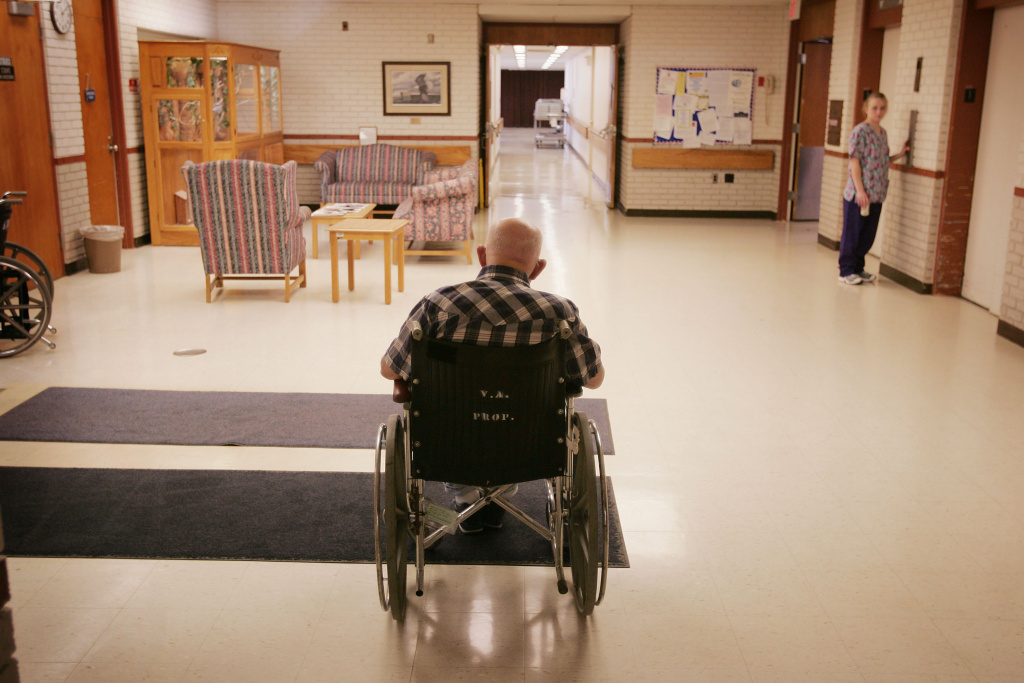Rehabilitation therapy plays an important function in helping individuals recover from accidents, surgical procedures, medical conditions, or disabilities, and it goals to enhance their physical, cognitive, and practical skills. The particular function of rehabilitation therapy varies relying on the sort of therapy and the needs of the person, however normally, rehabilitation therapy focuses on the next key elements:
Assessment: Rehabilitation therapists begin by conducting an intensive evaluation of the individual's condition. This evaluation contains evaluating bodily and cognitive perform, mobility, vary of motion, strength, pain stage, and different related elements. The goal is to grasp the individual's abilities and limitations.
nursing home Rochester, NY Setting: Based on the evaluation, rehabilitation therapists collaborate with the individual to set particular, achievable objectives. These targets might embrace regaining energy, enhancing stability, growing mobility, managing pain, enhancing communication abilities, or reaching other useful milestones.
Treatment Planning: Therapists develop personalized remedy plans that outline the interventions, workout routines, methods, and therapies needed to assist the individual reach their objectives. These plans are tailored to the individual's distinctive needs and challenges.
Physical Therapy: Physical therapists give attention to bettering bodily perform, mobility, and power. They might use workout routines, handbook strategies, stretching, and modalities like warmth or chilly remedy to handle musculoskeletal points, injuries, or surgical procedure recovery.
Occupational Therapy: Occupational therapists help people in regaining or developing the talents needed for actions of day by day residing (ADLs). This could include dressing, grooming, cooking, and different self-care tasks. They also tackle upper extremity operate and provide adaptations and assistive units when wanted.
Speech-Language Therapy: Speech-language pathologists work with people who have speech, language, communication, or swallowing difficulties. They develop exercises and techniques to enhance speech articulation, language comprehension, voice high quality, and swallowing operate.
Cognitive Rehabilitation: Cognitive rehabilitation therapists address cognitive impairments resulting from circumstances like stroke, traumatic mind harm, or dementia. They use cognitive workouts and techniques to enhance reminiscence, problem-solving, attention, and decision-making abilities.
Pain Management: Rehabilitation therapists might employ ache administration techniques, together with therapeutic exercises, guide therapies, modalities like ultrasound or TENS (transcutaneous electrical nerve stimulation), and training on ache coping methods.
Adaptive Equipment and Devices: Therapists assess the need for assistive units (e.g., mobility aids, communication devices) and train individuals in their correct use to enhance independence.

Patient Education: Rehabilitation therapists educate people and their households about their situations, therapy plans, and methods for self-care, harm prevention, and dealing with functional limitations.
Progress Monitoring: Throughout the rehabilitation process, therapists continually assess the person's progress toward their goals and make necessary adjustments to the therapy plan.
Motivation and Support: Therapists present emotional help and motivation to help people stay engaged of their rehabilitation, overcome challenges, and maintain a constructive outlook.
Rehabilitation remedy goals to maximize a person's practical independence, enhance their high quality of life, and help them return to their desired level of day by day activities, work, and community participation. The specific targets and approaches in rehabilitation therapy range based mostly on the person's wants and the sort of remedy being offered. It is an integral part of the healthcare continuum and often involves collaboration among completely different rehabilitation professionals to deal with varied features of a person's restoration..
